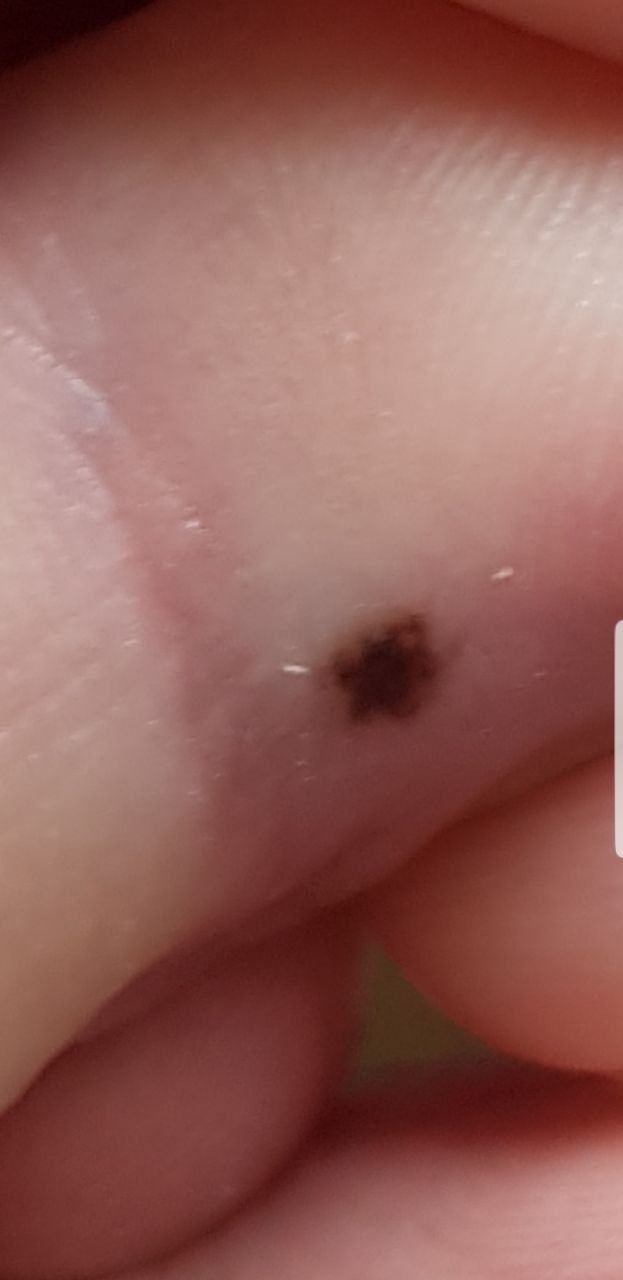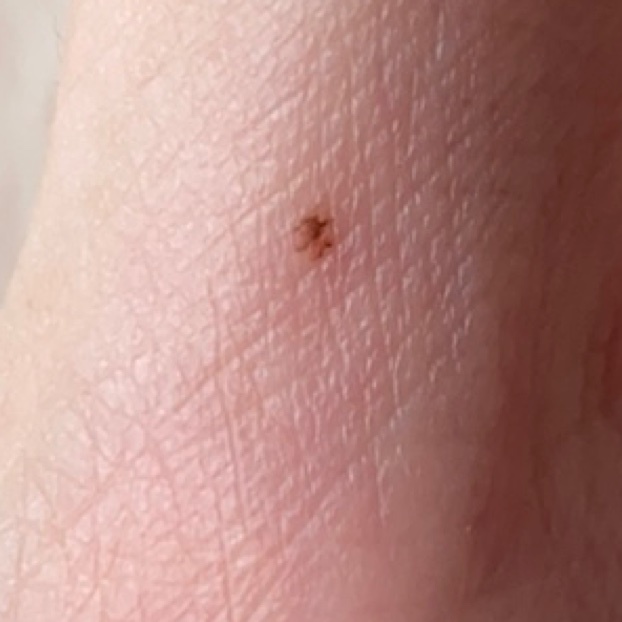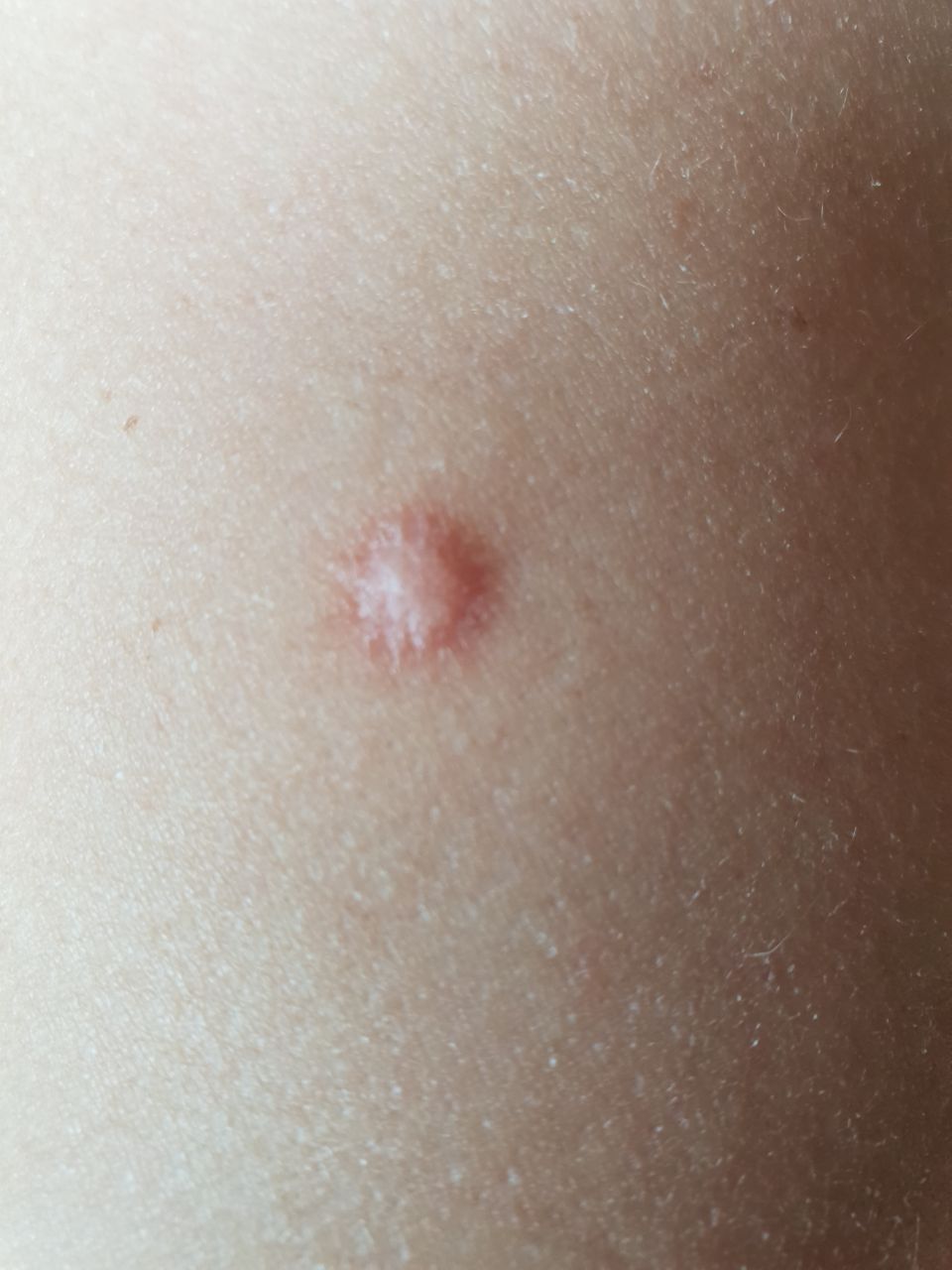Moles, or neoplasms, are common skin growths that can appear in various shapes and sizes. While some moles may raise concerns, most are harmless and considered benign. In this article, we will explore the main types of safe moles, including Benign Nevus, Papilloma Nevus, Acral Nevus, Halo Nevus, Spitz Nevus, Dermatofibroma, Hemangioma, and Pyogenic Granuloma. We will delve into their symptoms, diagnosis, and treatment options. Before we proceed, it is essential to remember that self-diagnosis and self-medication are not recommended. Consultation with a qualified dermatologist is crucial for accurate diagnosis and proper treatment.
Disclaimer: The information provided in this article is for educational purposes only. It is not a substitute for professional medical advice, diagnosis, or treatment. Always seek the advice of your physician or qualified healthcare provider with any questions you may have regarding a medical condition.
Benign Nevus (common mole)
Benign Nevus, commonly known as a common mole, is a typical harmless skin growth. These moles usually appear during childhood or adolescence and can be found anywhere on the body. They often have a uniform color and a well-defined edge, and they rarely develop into skin cancer.



Symptoms: Benign nevi are usually small, round or oval-shaped, and may be brown, black, or flesh-colored. They may have a flat or raised appearance.
Diagnosis: A dermatologist can diagnose a benign nevus by examining its appearance and, if necessary, performing a biopsy.
Treatment: In most cases, no treatment is required for benign nevi. However, if a mole causes irritation or is cosmetically undesirable, it can be removed through surgical excision.
Papillomatous Nevus
Papilloma nevus, also known as a skin tag, is another common type of benign skin growth. These soft, small, and often pedunculated growths are typically found in areas where skin rubs against skin or clothing.



Symptoms: Papilloma nevi are soft, flesh-colored or slightly pigmented, and can vary in size.
Diagnosis: A dermatologist can diagnose papilloma nevi through a visual examination.
Treatment: Removal of papilloma nevi is usually done for cosmetic reasons and can be accomplished through various methods such as cryotherapy, electrocautery, or surgical excision.
Acral Nevus
Acral nevi are moles that appear on the palms of hands, soles of feet, or under nails. They are more commonly found in people with darker skin tones and can vary in color and size.



Symptoms: Acral nevi are often dark brown or black and can be flat or elevated.
Diagnosis: A dermatologist can diagnose acral nevi through a visual examination and may recommend a biopsy if there are any concerns.
Treatment: is generally not necessary for acral nevi unless there are signs of change or irritation.
Halo Nevus
Halo nevus, also known as Sutton nevus or leukoderma acquisitum centrifugum, is a unique type of mole characterized by a depigmented ring surrounding a pigmented central area. It is more commonly seen in younger individuals.



Symptoms: Halo nevi have a white or light-colored ring surrounding a dark center.
Diagnosis: A dermatologist can diagnose halo nevi through a visual examination.
Treatment: In most cases, halo nevi do not require treatment, but regular monitoring is recommended.
Spitz Nevus
Spitz nevus, or spindle and epithelioid cell nevus, is a mole that can resemble melanoma in appearance, causing concern among patients and dermatologists alike.
Symptoms: Spitz nevi can be pink, red, tan, or brown and may be raised or flat. They often have a symmetrical and well-defined shape.
Diagnosis: Given the resemblance to melanoma, diagnosing Spitz nevus may require a biopsy or close monitoring.
Treatment: Treatment of Spitz nevi is typically through surgical excision for diagnostic and safety reasons.
Dermatofibroma
Dermatofibroma is a benign skin tumor that usually develops after a minor injury. They are more common in women and can appear anywhere on the body.



Symptoms: Dermatofibromas are firm, red-brown, or purple growths that may change color over time. They may feel like a small pebble under the skin.
Diagnosis: A dermatologist can diagnose dermatofibroma through a visual examination and may recommend a biopsy if there is uncertainty.
Treatment: Treatment is not necessary for dermatofibromas unless they cause pain, itching, or cosmetic concerns. Surgical removal is an option in such cases.
Hemangioma
Hemangiomas are benign tumors made up of blood vessels that typically appear during infancy. They can range from small red spots to larger, raised growths.



Symptoms: Hemangiomas can be red, blue, or purplish and may be flat or raised.
Diagnosis: A dermatologist can diagnose hemangiomas through a visual examination.
Treatment: Most hemangiomas do not require treatment as they tend to fade over time. However, some may need treatment if they cause complications or affect vital functions.
Pyogenic Granuloma
Pyogenic granuloma is a rapidly growing benign vascular growth that often occurs after an injury to the skin.
Symptoms: Pyogenic granulomas are typically small, red, or purple, and can bleed easily.
Diagnosis: A dermatologist can diagnose pyogenic granuloma through a visual examination and may perform a biopsy to confirm.
Treatment: Surgical removal is the most common treatment for pyogenic granulomas.
The Role of Skinive App in Skin Self-exams
To accurately identify the exact type of skin mole and provide appropriate recommendations, Skinive offers a groundbreaking AI-powered solution. The Skinive app utilizes advanced artificial intelligence to analyze images of skin moles and lesions uploaded by users. The app then compares the features of the mole against a vast database of known benign and malignant skin conditions. Through this comprehensive analysis, Skinive can help users understand the potential risks associated with their moles and offer guidance on whether they should seek professional medical evaluation.
Warning: Consultation with a Dermatologist is Essential
It is essential to emphasize that while Skinive can provide valuable insights, it is not a substitute for professional medical advice. The app’s analysis is not a definitive diagnosis, and users should not rely solely on the app’s recommendations. If you notice any changes in your skin, including moles, or if you have concerns about any skin condition, consult a qualified dermatologist for a thorough examination and appropriate diagnosis.
Conclusion
Benign moles, or neoplasms, come in various forms, each with its distinctive appearance and characteristics. While most benign moles are harmless, some may cause cosmetic concerns or require medical attention. Understanding the different types of benign moles and their symptoms is essential for early detection and timely intervention if needed.
For accurate identification of skin moles and personalized recommendations, download the free Skinive app today. Remember, your skin’s health is a priority, and regular consultations with a dermatologist are crucial for maintaining healthy, beautiful skin.
Download Skinive Skin AI Scanner App now!










